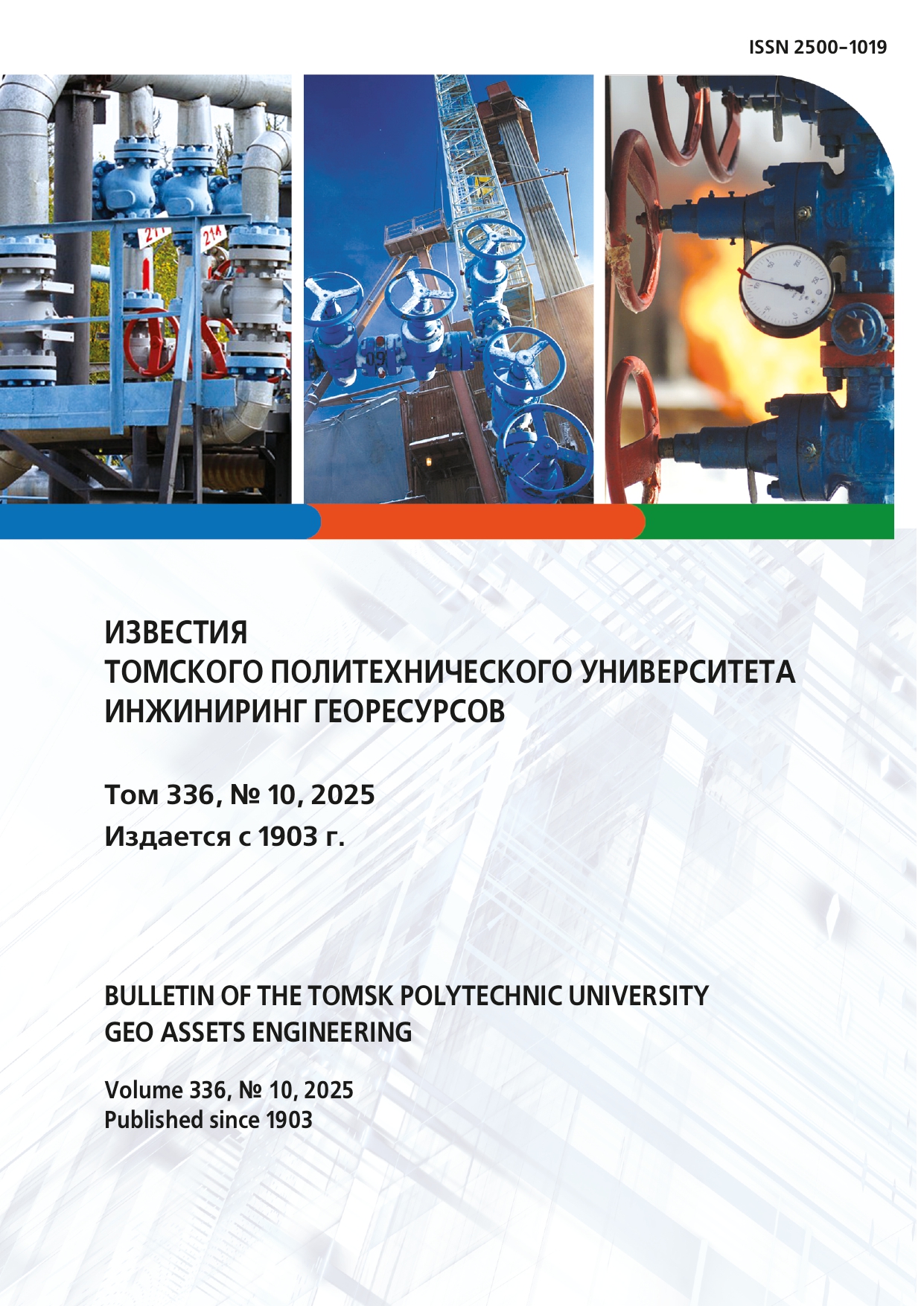Том 334 № 5 (2023)
DOI https://doi.org/10.18799/24131830/2023/5/4033
ТОКСИЧНЫЕ ЭЛЕМЕНТЫ В ПОДЗЕМНЫХ ВОДАХ СЕВЕРНЫХ РАЙОНОВ ОБЬ-ЗАЙСАНСКОЙ СКЛАДЧАТОЙ ОБЛАСТИ
Ссылка для цитирования: Токсичные элементы в подземных водах северных районов Обь-Зайсанской складчатой области / А.А. Максимова, А.В. Черных, Д.А. Новиков, Ф.Ф. Дульцев, А.С. Деркачев, А.Ф. Сухорукова, А.Н. Никитенков, А.А. Хващевская // Известия Томского политехнического университета. Инжиниринг георесурсов. – 2023. – Т. 334. – № 5. – С.17-26.
Актуальность данного исследования заключается в необходимости изучения распределения элементов первого класса опасности, урана и тория в подземных водах Обь-Зайсанской складчатой области. Цель: установить характеристики гидрогеохимического фона и изучить распределение высокотоксичных химических элементов в водах питьевого водоснабжения населения. Методы. Выполнено определение быстроизменяющихся параметров с помощью полевой гидрогеохимической лаборатории и полевого оборудования Hanna HI98195 – мультипараметровый измеритель рН/ОВП/проводимости, Hanna HI98198 – оксиметр. Измерение активности радона в подземных водах проводилось с помощью комплекса «Альфарад плюс». Лабораторное изучение химического состава определялось методами титриметрии, ионной хроматографии, масс-спектрометрии с индуктивно связанной плазмой проводилось в Проблемной научно-исследовательской лаборатории гидрогеохимии Инженерной школы природных ресурсов Томского политехнического университета. Оценка токсикологических особенностей вод проводилась с использованием действующих нормативных документов: СанПиН 2.1.3684-21, ГОСТ Р 58573-2019, и рекомендаций Всемирной организации по здравоохранению. Расчет гидрогеохимического фона проводился в программном комплексе Statistica 8.0 (StatSoft. Inc.). Для выявления степени концентрирования химических элементов в природных водах были рассчитаны коэффициенты концентрации и водной миграции (по А.И. Перельману) . Кумулятивные кривые рассчитаны по формуле: Pc=Ri/(N+1). Результаты. Изученны воды HCO3 Mg-Ca и HCO3 Na-Mg-Ca состава с величиной общей минерализации, варьирующей от 203 до 1568 мг/дм3; геохимические параметры среды, как восстановительные, так и окислительные, с Eh –331,6 – +438,5 мВ, pH 6,6–8,3 с содержанием О2раств. 0,29–10,72 мг/дм3. Выявлены относительно высокие концентрации Ti до 0,04 мг/дм3, V до 0,03 мг/дм3, Fe до 93,9 мг/дм3, Zn до 0,38 мг/дм3, As до 0,27 мг/дм3, Zr до 0,018 мг/дм3, Sb до 0,016 мг/дм3, Ba до 0,51 мг/дм3, W до 0,005 мг/дм3, Hg до 0,0002 мг/дм3, Pb до 0,057 мг/дм3, U до 0,34 мг/дм3, что может быть связано как с автомобильным транспортом и промышленными предприятиями, так и с водовмещающими породами. Изучены элементы первого класса опасности, а также уран и торий. Установлено, что по бериллию, а также по таллию и мышьяку 20 % изученных проб выше фонового значения, по торию – 26 %, по урану – 19 %.
Ключевые слова:
Гидрогеохимия, элементы первого класса опасности, факторы загрязнения, Обь-Зайсанская складчатая область, Западная Сибирь





